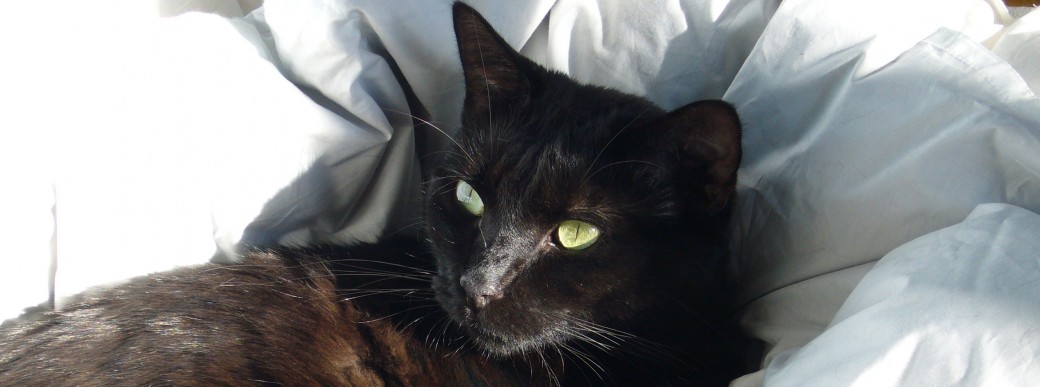
I read quite a lot of crime but since I don’t do any reading statistics, I have to guess the percentage. Maybe 40%. Given that that’s a relatively high number, it’s rather frustrating that I end up not liking three out of four crime novels or thrillers I read. I’m sure you can imagine how pleased I was to finally find one that I didn’t only like but absolutely loved. The Kingdoms of Savannah is such an amazing novel. Neil Gaiman called it a Southern Gothic Noir and I’d say that’s spot on.
Set in Savannah, the novel tells the story of a murder and a disappearance. Luke and Stony like to have a drink at one of Savannah’s most popular bars, the Bo Peep’s. Stony loves to watch the beautiful bartender Jaq and Luke, well, he likes to hang out with Stony and have a few drinks too many. They are both homeless and most of the time not able to pay for their drinks. Jaq is very fond of them and doesn’t mind. Like most nights, they drink and talk a lot and Jaq, who is doing a documentary for an MFA application, is filming them. After their last beer, they leave together. Outside of the bar, Luke is stabbed and Stony disappears.
Luke’s body is found in a burned-down empty house that belongs to a notorious real estate shark, Archie Guzman. Guzman is promptly arrested for murder, but he swears he didn’t do it. He hires an unlikely private detective, Morgana Musgrove, the head of one of the richest and most influential families of Savannah. Morgana will accept but only if her homeless son Ransom helps her.
Jaq, who happens to be Morgana’s granddaughter, is less than thrilled that Morgana wants to help Guzman. Guzman pretends that Luke was high on drugs, but Jaq knows he didn’t do drugs. Besides, what happened to Stony? Nobody seems to think that her disappearance is linked to the murder. Soon, a police detective, Morgana, and Jaq are all trying to solve the riddle of Luke’s murder and Stony’s disappearance.
The solution, it appears, lies in the kingdoms of Savannah which Stony mentioned all the time, even on the video Jaq shot on the night of her disappearance. Unfortunately, nobody knows what and where they are. Or if they are even real. I won’t say more, as this is not a terribly long novel and some of the twists and the unexpected ending could easily be spoiled. I will just say this – many crime novels have less than satisfying endings. Not this one.
The Kingdoms of Savannah offers so much. A great atmosphere, colourful characters, a setting that comes to life, a suspenseful plot and some very big themes. The most important theme is the role slavery played in Savannah’s history. Themes that are just as important and often linked to slavery are the power of certain families, corruption, and social injustice. So many of the people in this novel are homeless. Many of them, like Ransom, Morgana’s son, live in camps that the police empties and destroys regularly. Reading about this and Savannah’s history made me uncomfortable a few times. Tourists come to Savannah to visit the beautiful houses and gardens, to go on ghost tours. But how many think about Savannah’s history as a city of slave owners? Or how many know that hidden from view, there’s a huge homeless population living a precarious life?
I hope I was able to convey how great this novel is. If you like a Southern Setting, the atmosphere of a noir, and crime novels that have far more to offer than a suspenseful story, then this is for you.








